For over a decade, Bitcoin's market rhythm has seemed predictable. Every four years, the halving event, a programmed reduction in mining rewards, triggers a chain reaction.
Prices will rise to new heights, only to collapse into a harsh "crypto winter," just to start the cycle again. That pattern has been almost taken for granted by cryptocurrency traders. Now, some of the industry's most vocal analysts argue it may have come to an end.
From Bitcoin Halving To The Liquidity Wave: Analysts Say Bitcoin's 4-Year Cycle Is Losing Its Luster
Pierre Rochard, CEO of The Bitcoin Bond Company, believes the traditional cycle is no longer applicable in a post on X.
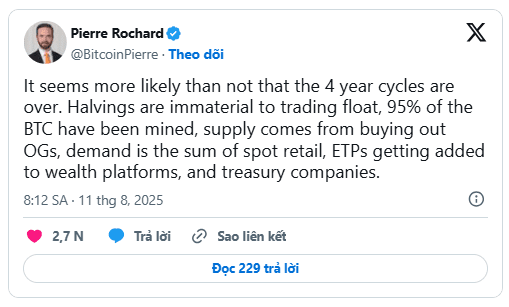
His argument touches on a fundamental point: with the majority of Bitcoin already mined, the supply shock from the halving is much smaller than before. In the early days, the reduction in rewards for miners significantly impacted market flows.
Today, the real market driver may be institutional investment capital, managed investment products, and global macroeconomic conditions.
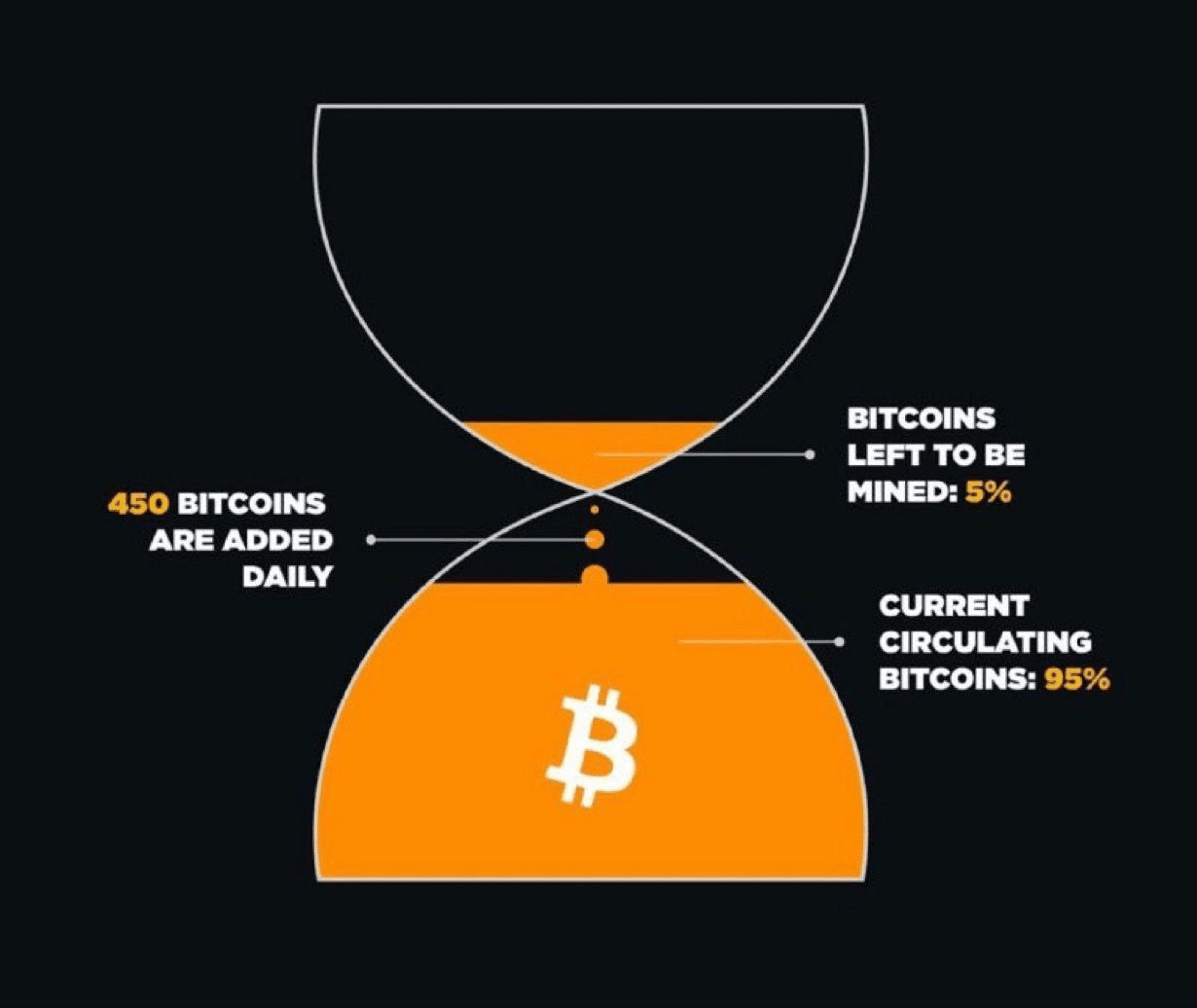
The halving event has been central to Bitcoin's historical market structure. About every four years, the reward that miners receive for validating transactions is cut in half. With fewer coins in circulation, the supply shock often leads to strong price surges. However, the halving event in April 2024 is not following the usual script.
Bitcoin reached a new record high of over $73,000 in March, just weeks before the event, primarily due to the U.S. approving spot Bitcoin ETFs and a surge in institutional investment capital thereafter.
Jason Dussault, CEO of Intellistake.ai, believes this marks a structural change. "The halving still plays a role, but it is no longer a key factor," he told CryptoNews.
He added: "Currently, price movements depend on global liquidity, ETF capital flows, and investor sentiment, as well as on supply dynamics on-chain. We are seeing Bitcoin react to the same influences as stocks, bonds, and commodities."
Others argue that the end of the 4-year cycle is simply the conclusion of Bitcoin's maturation phase. "The romantic idea of Bitcoin transitioning to a four-year halving rhythm belongs to its maturation stage," Mete Al, co-founder of ICB Labs, told CryptoNews.
He noted: "We are currently in a mature stage - where the trillions of dollars in liquidity, Wall Street products, and macro capital flows have a much larger impact than simply reducing supply."
However, not everyone is ready to declare that this cycle has ended. Speaking to CryptoNews, Connor Howe, CEO of Enso, stated that the impact of the halving has been diminished but not erased.
"In Bitcoin's early years, the supply shock from miners was the dominant factor in pricing. Today, macro factors, ETF capital flows, and the positions of institutions are much more important. The halving still affects miner economics and long-term scarcity dynamics, but traders can no longer rely on a rigid scenario for the next four years."
Moreover, Prashant Maurya, co-founder and CEO of Spheron, reiterated this when speaking to CryptoNews: "The halving is not irrelevant, but it is no longer the main driver of Bitcoin's price. In the early days, the reduction in new supply had a very significant impact."
Analysts Claim That Bitcoin's Market Cycle Is Driven More By Liquidity Than By The Halving Event
The cryptocurrency market in general seems to agree that something is changing. The total cryptocurrency market capitalization recently reached a record $4.13 trillion, according to CoinGecko, surpassing the previous cycle's peak of $3.9 trillion. Trading volume has also surged, with nearly $145 billion in cryptocurrency exchanged in 24 hours.
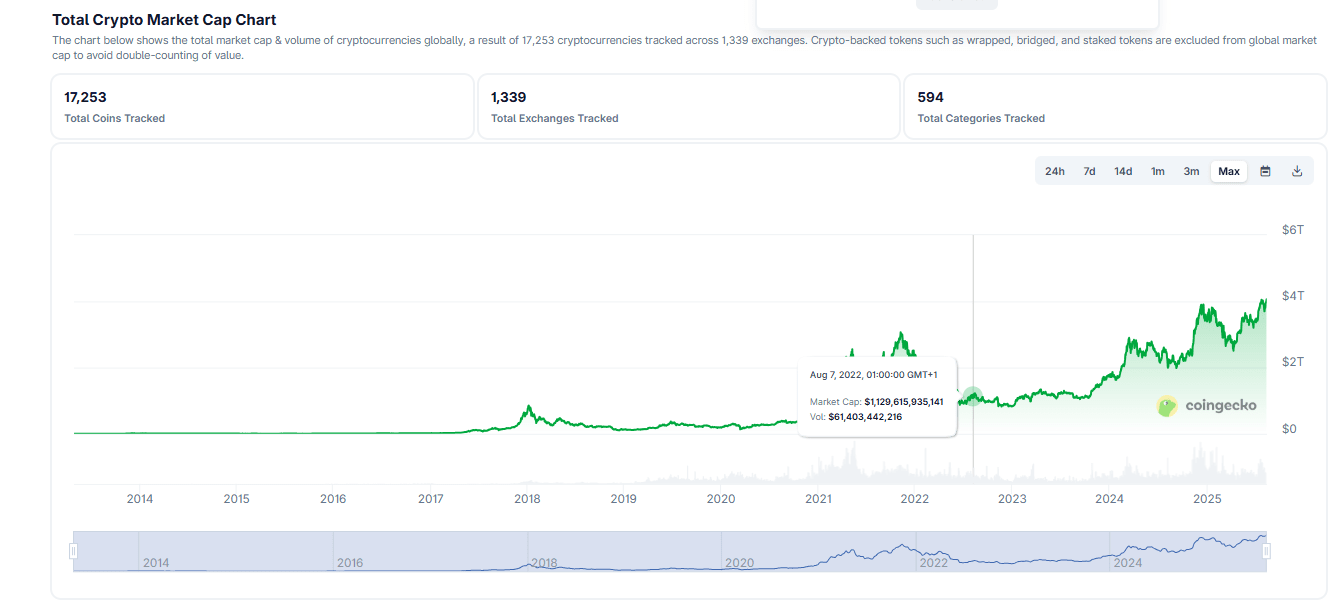
However, some market observers have warned against excessive confidence. Toby Cunningham, co-host of Crypto Tips, told his 30,000 followers: "I've heard that the 4-year cycle is no longer in effect, and we are about to enter a multi-year bull market. This is the kind of rumor that often emerges near the peak of a bull market. This is one of the main reasons why most people will not make a dime in this bull run."
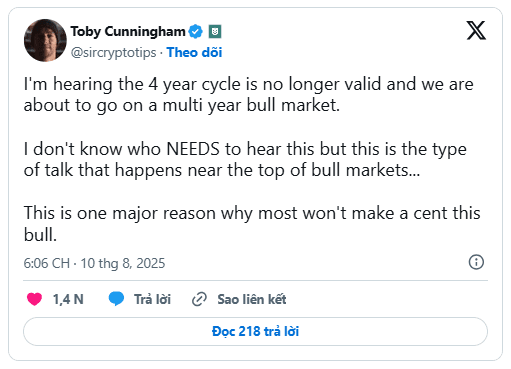
Others hold a firmer view. A cryptocurrency analyst named SightBringer argues that the 4-year cycle has never been a natural law and is a byproduct of Bitcoin's original structure, when retail capital dominated and the halving of trading volume shocked the supply.
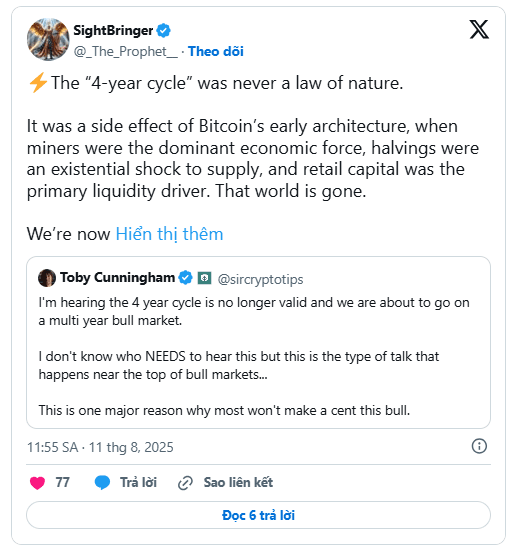
Instead, he points to a new regime shaped by collateralized asset guarantees from institutions, global liquidity conditions, and government holdings. "Liquidity defines the current cycle. The bear market is changing shape. The peak becomes silent. Participants have changed. The battlefield has changed," he added.
For investors, this change may mean replacing the familiar four-year patient strategy with a more flexible approach based on macro orientation. Prashant Maurya, co-founder and CEO of Spheron, stated: "For me, the old halving cycle is being replaced by a multi-factor framework that combines macro indicators, on-chain supply, and capital flows. In the long run, the story of Bitcoin's scarcity and adoption potential remains unchanged, but determining when to enter and exit the market will increasingly depend on reading liquidity cycles rather than counting down to the next halving."
The familiar scenario of subsequent parabolic price increases is that a harsh "crypto winter" may not return as it once did. A bear market may still occur, but with sovereign entities, ETFs, and custodial units holding most of the circulating Bitcoin, the chances of a complete collapse into oblivion will be less.
Similarly, market peaks may no longer be marked by retail excitement but by quiet distribution as liquidity peaks. As Rochard said, "Miners are passengers, no longer the bus drivers." And if that is true, then Bitcoin's roadmap will need to be seriously redrawn.

